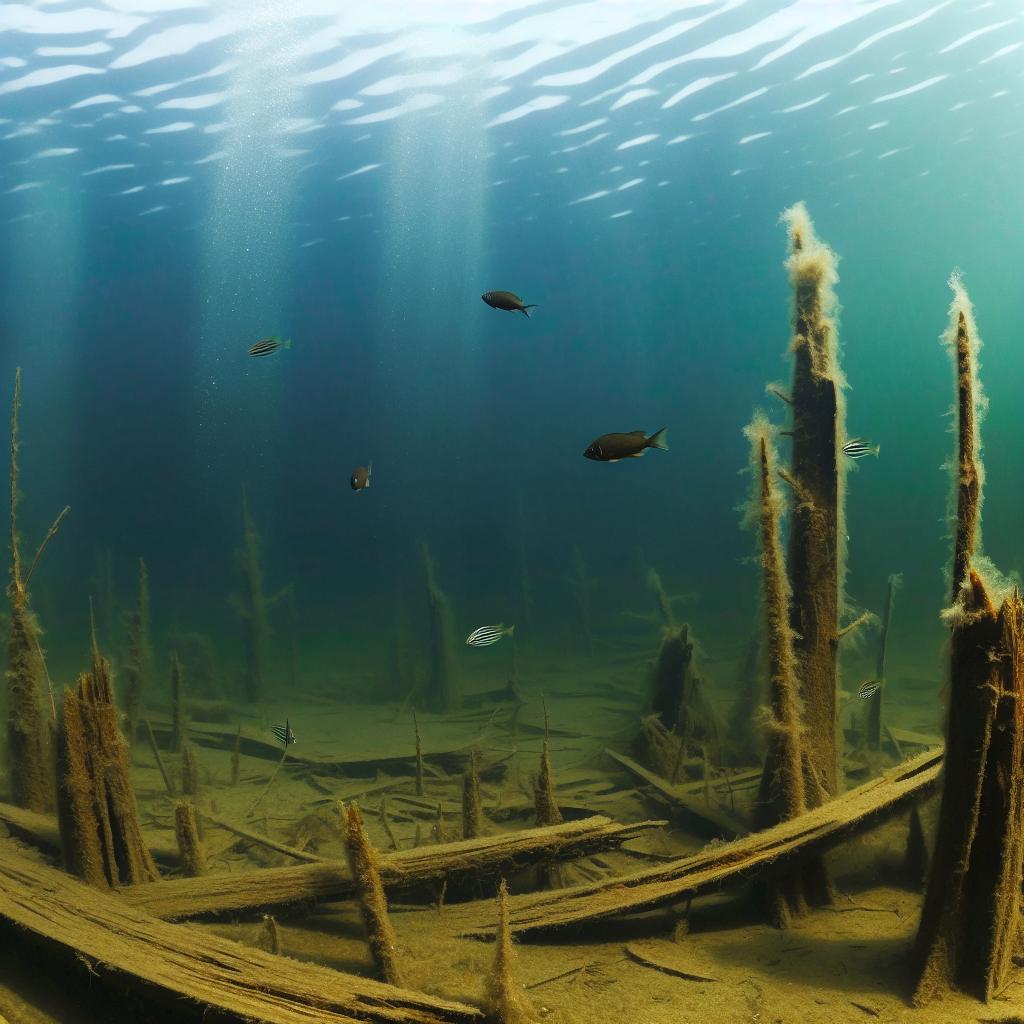Introduction
Submerged forests in UK waters offer a fascinating glimpse into the country’s prehistoric landscapes. These ancient woodlands, hidden beneath the sea, provide invaluable insights into past climate conditions, sea-level changes, and human history. As climate change and geological activity continue to reshape the Earth’s surface, submerged forests become important subjects of study for archaeologists, environmentalists, and historians.
What Are Submerged Forests?
Submerged forests are the remnants of ancient woodlands that have been overtaken by rising sea levels. These forests, once thriving ecosystems, now lie beneath the sea, primarily at the edges of continental shelves. Over thousands of years, changing climates and melting ice caps have resulted in sea-level rise, causing these forests to become submerged.
Occurrence in the UK
In the UK, submerged forests are found at various coastal locations, including areas off the coast of Norfolk, Wales, and Cornwall. These sites often reveal themselves during low tides or after strong storms, providing a rare opportunity for observers and researchers to study these ancient remnants. The coverage by terrestrial sediments, such as sand and mud, acts as a natural preservation layer over the remnants of tree stumps, peatlands, and organic materials, serving as a glimpse into the environmental conditions of the past.
Scientific Importance
The significance of studying submerged forests extends beyond their mysterious allure. These ancient woodlands serve as crucial indicators of historical sea-level changes and their resulting impacts on both human society and natural environments. By analyzing these submerged landscapes, researchers gain the ability to reconstruct past climatic conditions and obtain insights into how prehistoric communities responded to environmental shifts. This knowledge is fundamental for predicting future trends in sea-level rise and developing strategic responses to minimize their effects.
Research and Conservation
The delicacy of submerged forests necessitates meticulous scrutiny and preservation to ensure their continued survival and to further our understanding of these fascinating ecosystems. Various modern techniques are employed to study submerged forests while minimizing disturbance. Underwater archaeology, radiocarbon dating, and other advanced technologies play pivotal roles in this research. Numerous organizations and research institutions across the UK, including Wessex Archaeology, are actively engaged in investigating and conserving these extraordinary landscapes. These institutions offer comprehensive resources for those interested in profoundly exploring these submerged woodland realms.
Environmental Implications and Modern Context
Understanding the interactions between historical human populations and their surrounding environments offers essential context as we deal with contemporary environmental challenges. Through the study of submerged forests, scholars and policymakers can learn from the past, applying historical lessons to current situations. The exploration of submerged woodlands doesn’t just illuminate ancient human resilience; it also underscores the necessity of sustainable living in an era of rapid environmental change.
Collaborative Research Efforts
The study of submerged forests often involves collaborative efforts across disciplines, integrating insights from geology, archaeology, paleoecology, and climate science. Engaging a diverse set of academic and professional expertise allows these studies to uncover more comprehensive narratives about human history and natural evolution. Through such partnerships, new technologies and methodologies are continuously developed, broadening the scope and depth of understanding regarding submerged landscapes.
Conclusion
Submerged forests within UK waters represent more than just remnants of bygone landscapes; they are invaluable records capturing Earth’s climatic and environmental history across millennia. Through diligent research and conservation efforts, these submerged woodlands continue to unveil secrets from the past, providing crucial insights into the interconnectedness of nature, climate, and human societies. Such understanding equips us with the knowledge necessary to address contemporary environmental challenges effectively, encouraging a balanced and informed approach to our interactions with the planet. As these underwater woodlands yield their hidden truths, they emphasize the importance of thoughtful stewardship of our environment to preserve the delicate balance of natural ecosystems for future generations.
